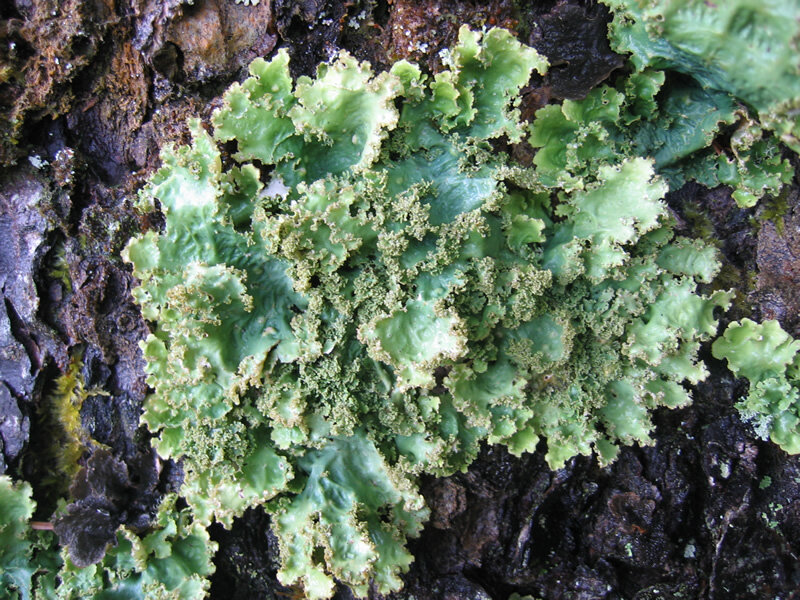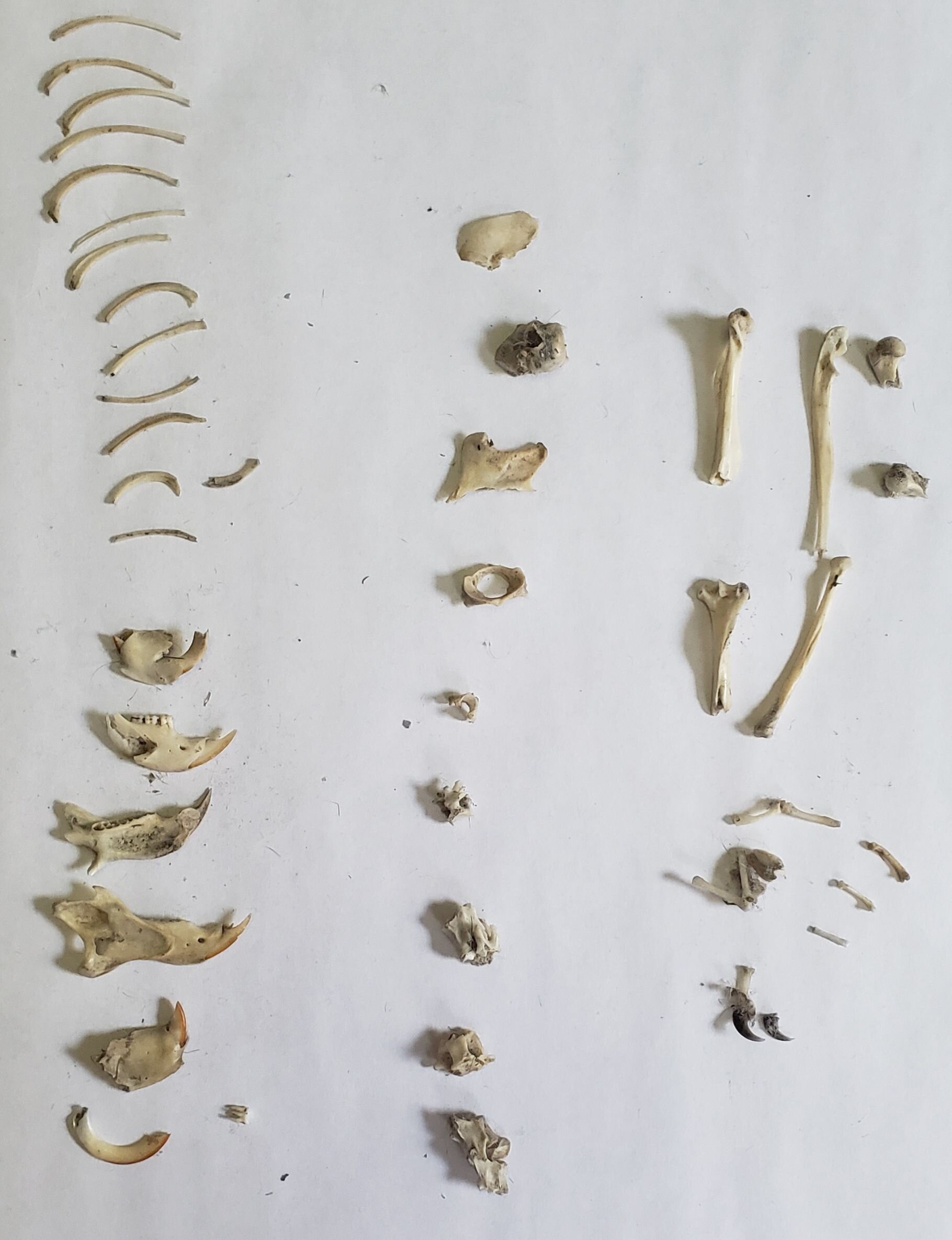From our Land Steward and Raptor Care Specialist, Rosetta
I am frequently asked “what are the best feeders/seeds to attract birds to my back yard?” and “How do I keep squirrels from eating my bird seed?” Here I have outlined what we have found to attract birds and somewhat effectively deter squirrels from our feeders at Flat Rock Brook. Web sites with further information on feeders and feed to attract particular species are referenced at the end of this article.
Mixed Seed Feeders
Squirrel resistant tube bird feeders are designed to close the feed openings under the weight of a squirrel. We have 3 of these feeders that are filled with “no mess” mixtures of shelled seed. They attract the largest variety of birds: Northern Cardinal, Blue Jay, Tufted Titmouse, Black-capped Chickadee, American Goldfinch, House Finch, and Carolina Wren.
A platform feeder with a roof and removeable metal screen tray bottom attracts the same birds as the tube feeders, but larger birds such as Mourning Doves and Red-winged Blackbirds also visit it. Unshelled sunflower seeds can be added to the mix, but keep in mind that the uneaten seeds may germinate and grow into sunflower plants in your yard.
Peanut Feeders
We use two different peanut feeders: one is a squirrel resistant tube feeder that closes under the weight of a squirrel. The other is a tubular feeder of 1/4” mesh with a clear baffle that acts as a rain cover. These feeders are especially popular with Red- and White-breasted Nuthatches, Black-capped Chickadees, Tufted titmice, and Hairy, Downy, and Red-breasted Woodpeckers.
Nyjer Feeders
Nyger feeders are tubular and contain small holes that allow birds species such as Goldfinch, House Finche, and Pine Siskin to pull the nyger (thistle) seed through them. Finches are the only birds that these feeders attract, but for the past few years, Goldfinch and House Finches have shown a preference for the larger seed in the platform and cylinder feeders. In irruption years, the Pine Siskin prefer the nyger seed.
Suet Feeders
We use three different kinds of suet feeders: a hanging cage, a tail prop feeder, and an upside down feeder. The upright suet feeders are especially popular with the three woodpecker species. Tufted Titmice, nuthatches, and Black-capped Chickadees feed at the upside down as well as the upright feeders. Suet cakes designed to attract particular families of birds can be purchased. We generally use woodpecker suet, but it doesn’t seem to matter.
Suet Plug (or Bark Butter) Feeder log
This is a log with 1.25” holes drilled about 1.5” deep and placed horizontally or vertically. Bark butter or suet plugs can be placed into the holes. The bark butter can be purchased from a supplier or homemade from a mixture of lard, peanut butter, cornmeal, and flour. This feeder is very popular with woodpeckers.
Ground Feeders
As long as the birds at your feeders spill (or deliberately discard) seeds, ground-feeding species will forage under the feeders. For the most part these are Mourning Doves, Dark-eyed Juncos, and White-throated Sparrows, but other feeder species will join them, as will grey squirrels.
Squirrel Deterrents
The use of squirrel-resistant tubular feeders is just one way to keep squirrels from eating seed intended for birds. The feeding platforms will drop under the weight of a squirrel, closing off the openings to the seed. Used alone, these are somewhat effective, but some squirrels can outwit this design. It is amazing how long a squirrel can stretch to reach seed. We have installed squirrel baffles – either cylinders or cones – on every pole that squirrels can climb. We have also suspended our feeders on wires strung from trees to a center pole about 6 feet from the ground. Plastic soda bottles have been strung onto the wires (thanks to Tenafly Nature Center for the idea). The plastic bottles roll the squirrels right off if they attempt to walk on them.
Generally, squirrels can’t jump more than 5 feet up from the ground or more than 7 feet horizontally. They are reluctant to drop more than 9 feet onto a feeder from above. Place your feeding stations with these numbers in mind to deter a large majority of squirrels. That doesn’t mean they won’t get to the seeds. Squirrels are cunning. We are still trying to figure out how a squirrel keeps getting into our platform feeder, even with multiple deterrents.
Many people who feed birds subscribe to the “feed the enemy” solution. They believe that giving squirrels their own food such as dried corn, corn cobs, or unshelled peanuts may be enough to keep them away from food intended for the birds.
In Closing…
By no means is our setup the only or even the best way to attract birds and deter squirrels. I have found that they usually work for me, but that does not mean you should do the same. I encourage you to try different types of feeders, feed, and squirrel deterrents. It will most likely become a process of continuously trying new things.
Take this as a warning: once you start, you will keep trying to attract more birds. You may find that you enjoy watching squirrels whether they are eating bird seed or food that you set out for them. You will continue to purchase or build bird feeders and continue to spend money on feed. And then it gets worse: you are hooked. You will want to find a way to store the seed so that it stays dry and uneaten by rodents, squirrels, or bugs. You will want a better pair of binoculars to watch the wildlife that comes to your yard. You’ll wake your partner or children up at 7am on a Saturday to see the bird of prey that the feeder birds attracted to your yard. You will want a better camera with a zoom lens so that you can post the photos online to show everyone the wildlife that visits your yard and to show off your photography skills. You’ll join and search for more social media groups to share bird IDs and photos. You’ll check the eBird web site to see what species people are seeing and reporting in the area. You might even get up out of your chair at the window that overlooks the bird feeder because you heard there’s a snowy owl somewhere in the area and you want to see it. (Good thing you upgraded your camera!) And before you know it, you’re – GASP! – A BIRDER!!!
Happy birding!
__________________________________________________
Audubon Society guides to bird beeders and bird seeds:
https://nas-national-prod.s3.amazonaws.com/audubon_guide_to_bird_feeders.pdf
https://nas-national-prod.s3.amazonaws.com/audubon_guide_to_birdseed.pdf














































